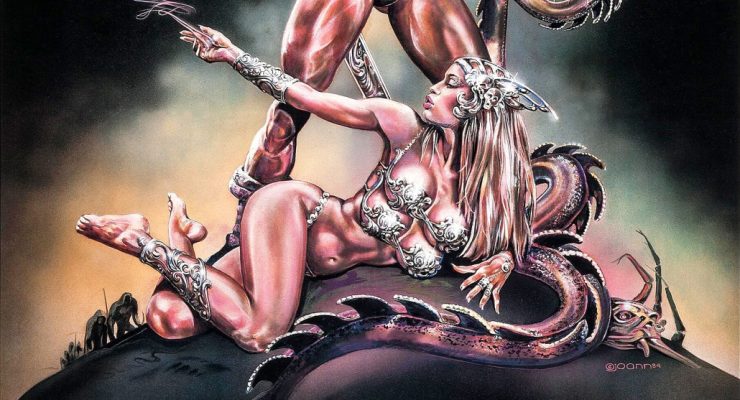Henry Bevan on whether cinema is really dead…
The ‘cinema is dead’ narrative has gone around for a while. It is normally spouted by some blogger who wants to get across their “hot take”. But, sometimes, someone of note joins in, and as 2016 came to a close, a director trifecta chimed in — Martin Scorsese, Pedro Almodóvar and Ridley Scott all criticised the state of cinema.
Scorsese complained the modern moving image has lost meaning and the epics of old are no longer produced. Almodóvar echoed Scorsese, adding movies are now too synthetic. Scott simply stated: “Cinema is mainly pretty bad.”
These are three of the late-20th-century’s greatest filmmakers, so their opinions matter. But, we can dissect their opinions and comments.
It’s hard to talk about modern cinema without talking about superheroes. They’re the blockbuster kings and their impact on the film industry is undeniable. Scott’s comments came from an answer he gave to a question about spandex-clad saviours. From Scorsese’s visual language standpoint, the two biggest superhero movies, Batman v Superman: Dawn of Justice and Captain America: Civil War, were pretty bad. Zack Snyder was so devoted to the lone image he forgot to stick them together to make a meaningful narrative. In a film, images need to communicate and Snyder didn’t help them talk to one another. Conversely, the Russo Brothers didn’t give us enough interesting images. Their framing doesn’t help tell the story and everything was a drab and grey.
So, if you look at some of the highest grossing films of the year, Scorsese’s main gripe is correct. Modern movies are just composed of cool images and moments that don’t communicate with the rest of the movie — anything meaningful beyond “oh cool” is lost. But, this doesn’t mean all is lost. Zootropolis could have told its story without any sound. It distills its entire narrative into three consecutive shots: Judy looks at something, the camera cuts to her POV and shows a rabbit move their child away from a tiger, cuts back to Judy terrified by what she has witnessed. In three shots, the movie’s entire message is visible and clear.
When most of the final acts in Hollywood involve CGI versions of our favourite characters fighting a giant blue sky beam, Scott and Almodóvar are proved right. Superhero movies, in general, get attack for their scripts. Sure, the scripts for 2016’s superhero movies sucked. Both the aforementioned hits confused story and plot. Deadpool’s story was not one of its successes, and Suicide Squad should be left alone at this point. Doctor Strange, the film with the best script, was basically the same as the first Iron Man. So, the 2016 roster of superheroes were not telling the greatest stories, but it isn’t the genre’s fault.
Look back a decade and you have two great examples of a great script and great visual storytelling. Spider-Man 2 tells an interesting story about what happens when we push ourselves to our limits whilst also being a great rom-com. From his opening shot, Raimi gives us the film’s entire message: Peter Parker wants to love Mary Jane but his responsibilities as a citizen and as a superhero prevent him from having what he wants. The Dark Knight tells a multifaceted story about how violence escalates and how the establishment’s attempts to stop terror just creates more terror. Maybe the age of these movies suggests cinema isn’t what it was, but they also suggest Scott’s idea that placing Batman in a movie gives it a bad story is incorrect.
Cinema isn’t dead, it’s just different.
Henry Bevan










